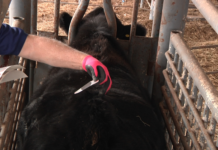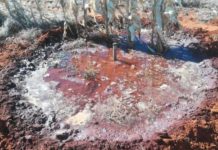Butterfly farming for commercial purposes has proven to be an appealing business venture. This is especially when you consider the fact that the returns start from Ksh. 70 and Ksh. 30 for an active pupae and a dormant one, respectively.
According to the butterfly manager at Kakamega Environmental Education Programme (KEEP), Bernard Muhalia, one butterfly can lay up from 300 eggs. However, this is highly dependent on its species. Be that is as it may, one butterfly could very well lay up to 1000 eggs in its lifetime.
In Kakamega, the butterfly farming project is conducted by KEEP and has been equipping residents in the area with skills on how to rear butterflies.
Kipepeo Project
Most of the butterflies are rared for export purposes. For these, the pupae are sent to Arabuko Sokoke Forest Kilifi County. Here there are over 300 species of butterfly in the forests. 75% of these are found in Arabuko Sokoke.
Currently, most butterfly farmers are clustered in one particular area and therefore there are seasons with limited yield and others where there is saturation. One of the pioneers of butterfly breeding in Kenya’s Watamu says having people in different parts of the country farming butterflies, in different seasons, would boost the business by giving better yields all year round.
High returns
It is estimated that the farmers will start earning US $ 428,425 from the project, which receives pupae from over 700 farmers. According to Mombasa Butterfly House Project manager Mr Anthony Githitho, the project will provide a local sustainable market for farmers and also reduces costs of shipping and air freight charges that were incurred for exports.
Media reports also indicate that the project also provides and alternative market for the buyers over and beyond the European and American markets. However, investing in the business right now would end you up the quail way, a lot of pupae in the market but nowhere to sell. This is considering the fact that the market is already saturated as it is.
Breeding Butterflies
The butterfly rearing process starts with farmers catching a few female butterflies and transferring them to an enclosure where they can lay eggs on host plants. The room or enclosure must be temperate and humid, fully dedicated to raising the insects.
For export purposes, the breeding house, is assessed by KWS to gauge how many butterflies it can hold and if it meets all the necessary specifications before a go ahead is granted.
Once the breeding house is set up and the butterflies have laid their eggs, the farmers wait form them to hatch. The caterpillars that emerge are placed on new plants. These must be regularly replaced to satisfy their appetites where the butterflies continue to feed until they pupate, and are ready to be transported.
.








